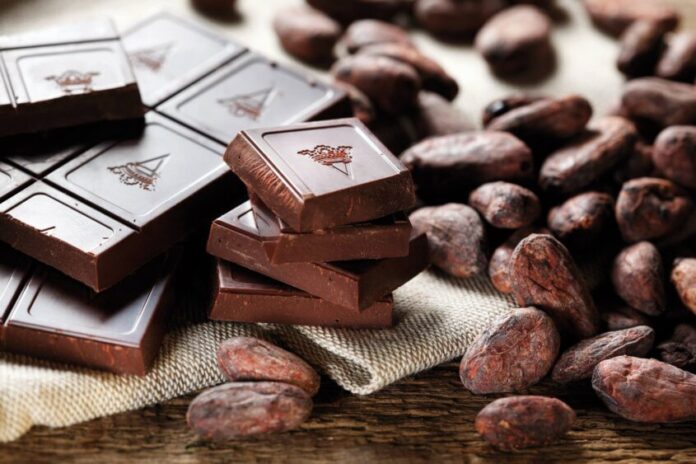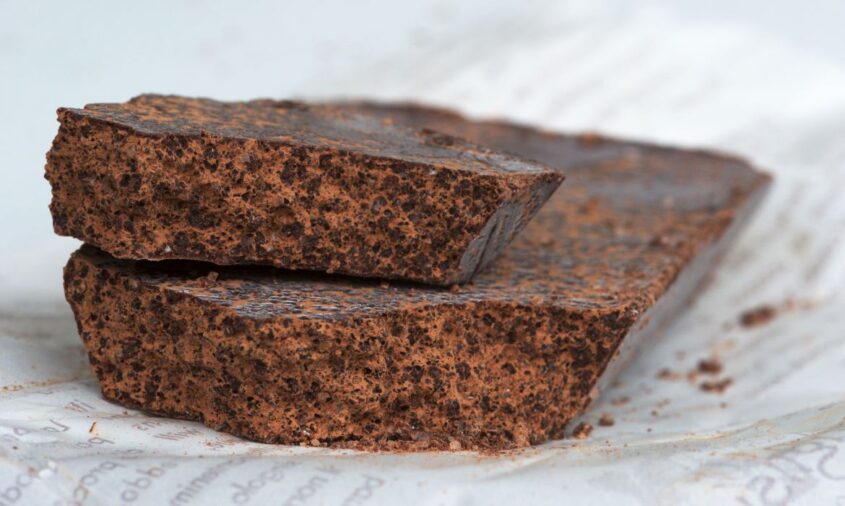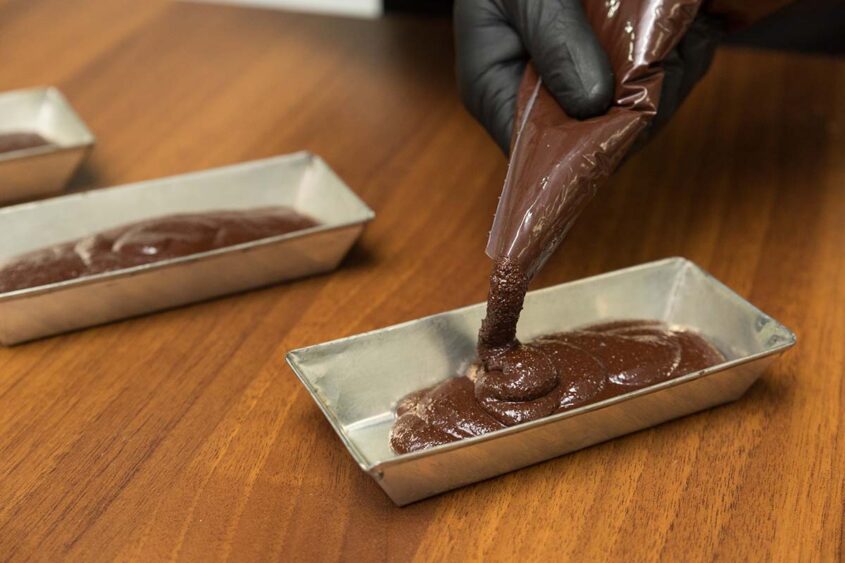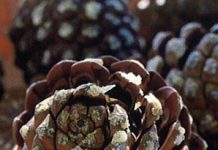
Sicily is famous for its turquoise waters, ancient architecture, towering volcanoes, beautiful countryside, and some of the most delicious dishes and sweet treats. Other cultures played a big part when it comes to influencing the Sicilian food. The local products like ricotta, citrus, honey, and almonds are at the heart of numerous Sicilian cakes and pastries, including cannoli, cassate, and marzapane. But if you want to taste and experience the unique local chocolate, make sure you go to Modica.
The Cioccolato di Modica, also known as cioccolata modicana, is an Italian P.G.I. (protected geographical indication) chocolate. It is specific for its ancient and original way of making, by using manual grinding, rather than conching, meaning that the recipe was not passed to the industrial stage. This gives the chocolate a special grainy and crumbly texture and aromatic flavor. The cioccolata modicana is typical of the municipality of Modica in Sicily, and that where the name came from. You can say that Modica is the capital of Sicilian chocolate.
The History

This recipe, like many other recipes of Sicilian dishes, was introduced by the Spaniards, during their domination in southern Italy. The luscious treat was actually inspired by the Aztec original recipe for Xocolatl. In the 17th century, the Spaniards brought with them the tradition of eating exotic products imported from America. However, the nuns from Sicily are the ones to be thankful to, that the ancient recipe of Modica chocolate has been handed down over the years.
There was a time when this ancient way of making chocolate was about to disappear, but luckily, Franco and Pierpaolo Ruta saved it. The two of them are descendants of Francesco Bonajuto, a man who established a pastry shop in Modica in 1880.
Pierpaolo said: „We were well aware of the value – both regarding taste and nutritional aspects – of this product, which had been described by the famous Sicilian author Leonardo Sciascia as ‘the archetype of chocolate’. We wanted to champion this ancient tradition which had become all but forgotten, so we invested in the Dolceria (pastry shop), renovating it to welcome visitors and show them what happens in the open-view laboratory, doing our best to spread the knowledge about this real piece of history.“
How Is It Made

As it was previously said, in cold processing, the coca does not pass through the phase of coaching, which is an industrial part of making modern chocolate. The conching refines cocoa beans by roasting, grinding, and liquefying them in a container called a Conca, which later on made the chocolate mass smooth. Instead of this, the cocoa beans are manually processed and ground in a traditional stone bowl called metate. The cocoa is processed at 40° with added granulated sugar.
This keeps it from melting or blending, while the sugar gives the chocolate the rough appearance of the grainy texture. The brown color of the chocolate bar is not consistent. The chocolate’s traditional flavors are cinnamon and vanilla. On the other hand, nowadays there are many other added flavors including chili, carob, coffee, citrus fruits and others.











